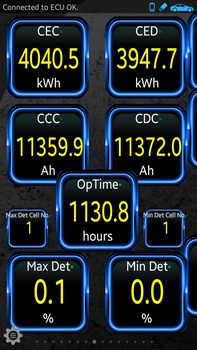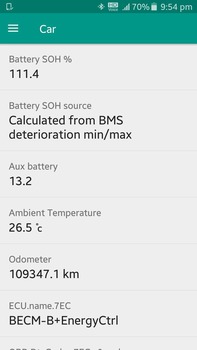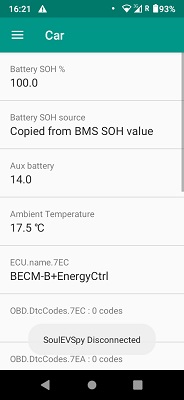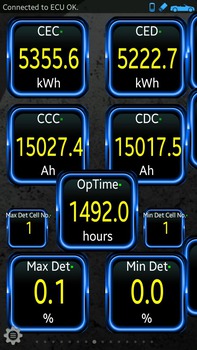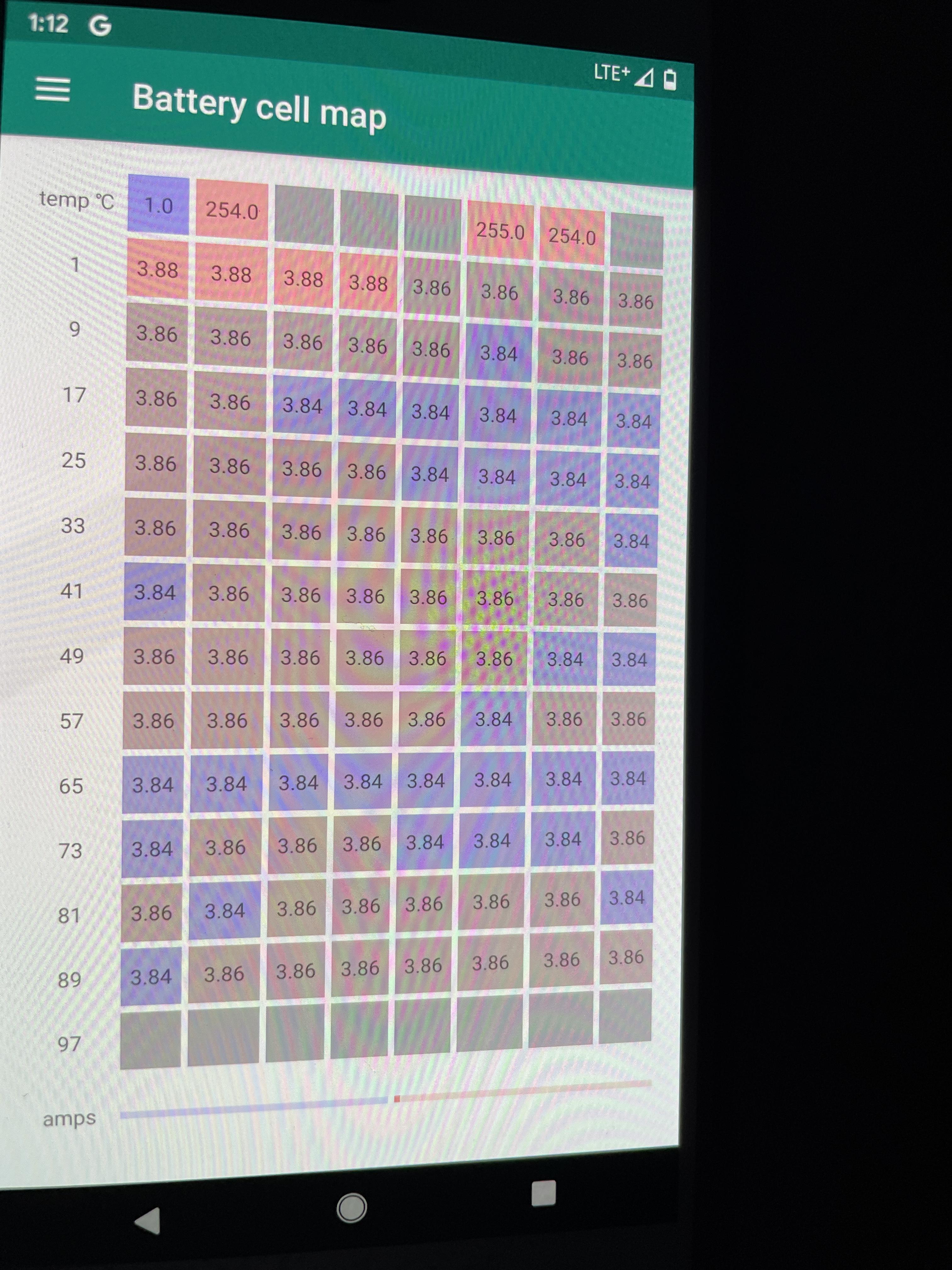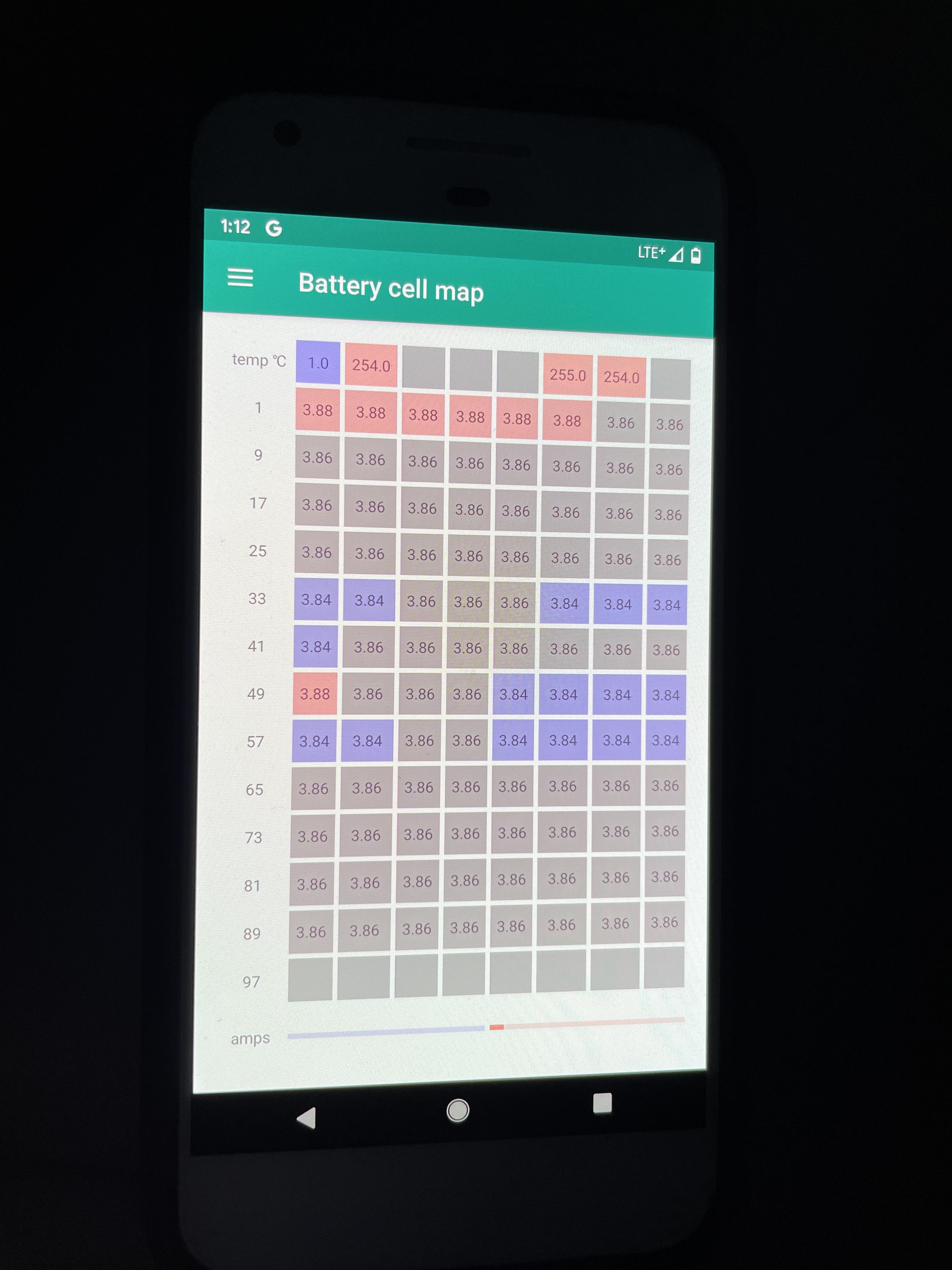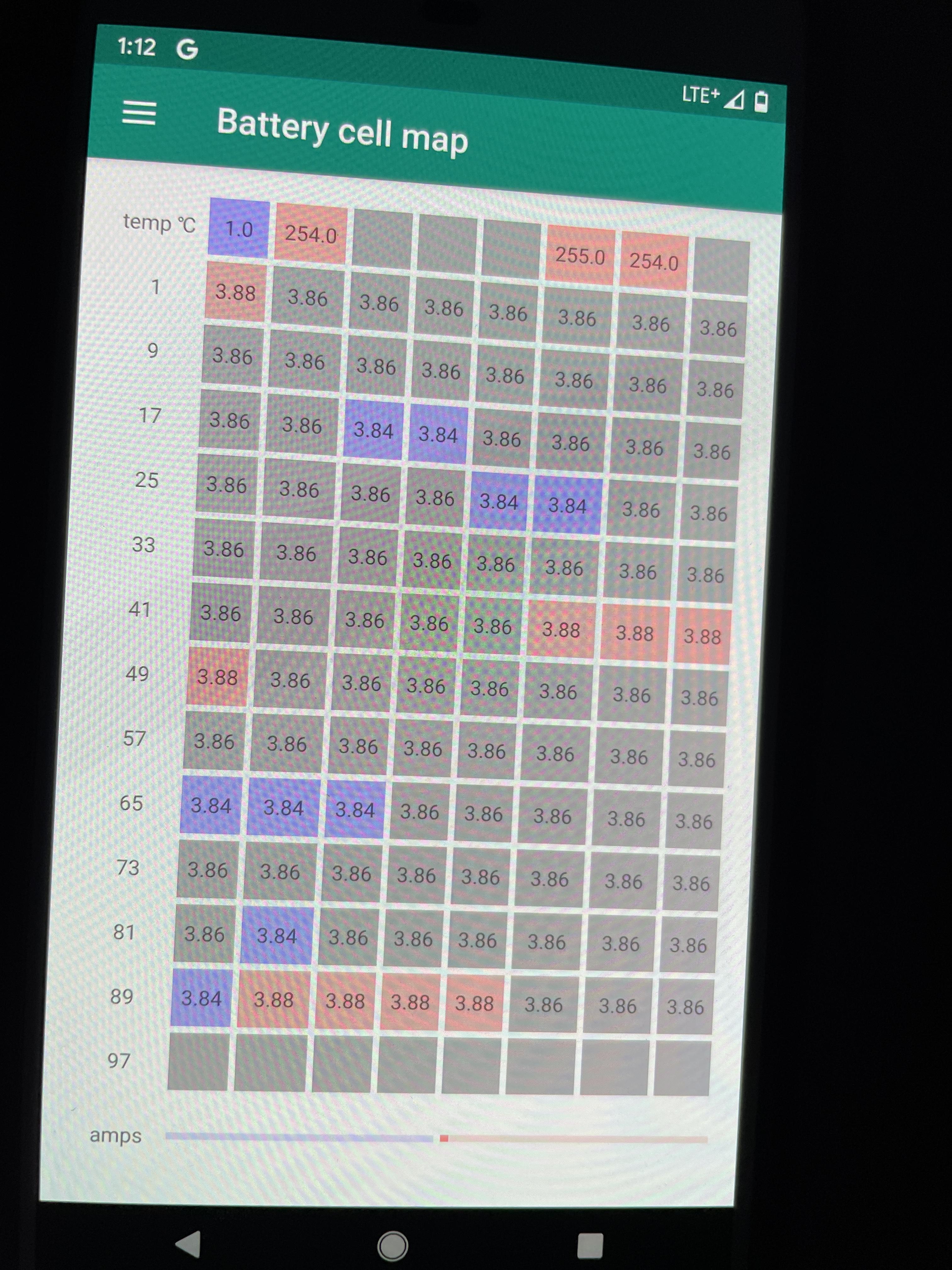Yes. Here is a list of the various ROM-IDs for each of the BMS Firmware updates on the original Soul EV.shumanchu said:...Is the BMS firmware different for the different battery chemistries? My '16 Kia Soul EV recently got a 37510-E4200R battery replacement. I noticed that the SOH still reads 68.4%, same as when I brought it in. I assumed that they would need to update the BMS firmware to handle the new chemistry, and that doing so would reset the SOH back to 100 (or 110?) percent...
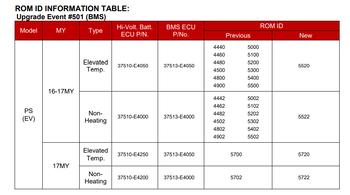
This is badly translated from the Korean as is so often the case with Hyundai / Kia.
E4050 - 'Elevated Temp' actually means with Battery Heater.
E4000 - 'Non-Heating' means without Battery Heater.
That you have a 37510-E4200R signifies the new pack has the new cells, has no battery heater and is 're-manufactured'.
What 're-manufactured' means in this case is uncertain. Did they take old cells out of a broken 30kWh car.?
Did they mix and match old and new cells? We don't know yet. We just know there is a big price difference.
Looking at the Kia parts website - Kia Soul EV Re-manufactured Battery (37510-E4250R)
This battery costs $1,609.50 and fits all models both 27kWh and 30kWh.
It is just the cells, they reuse the case and other electronics so this is for cars with and without battery heater.
Looking at the Kia parts website - Kia Soul EV Replacement Battery (37510-E4250)
This battery costs $12,293.25 and fits all models both 27kWh and 30kWh
It is just the cells, they reuse the case and other electronics so this is for cars with and without battery heater.
They add a $2,500USD core charge to both.
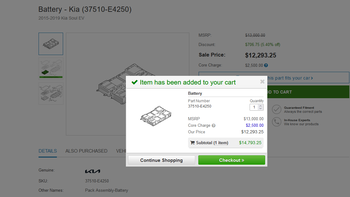
That your SOH hasn't changed shows that they forgot to update the BMS. This is an essential step for non re-manufactured packs.
We don't know the requirements for 're-manufactured' packs. Presumably though it should be the same.
I would take the car back and ask them to update the BMS.
-
























